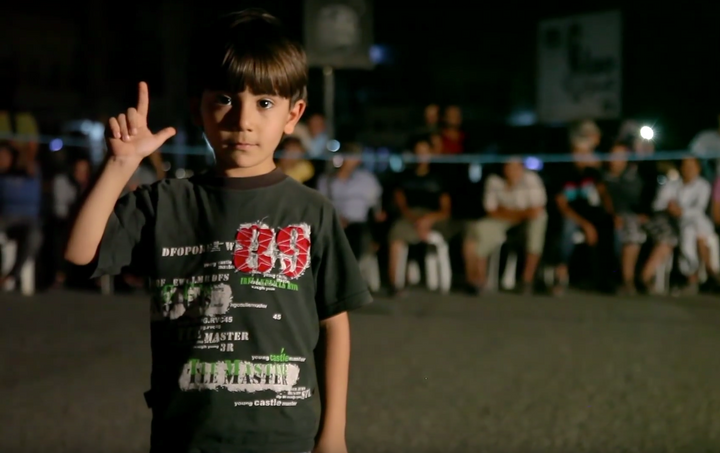The Lost Children of ISIS
– Maya Wesby
The tragedy of child soldiers has existed for as long as war, but their use and exploitation by ISIS is without rival, at least in modern times. War makes victims of children, even those who survive.
War is blind to age. It’s a truth that is seemingly innate, yet one that was reaffirmed by a June 2015 study from the United Nations, which documented a worrying rise in the number of wartime child deaths in war-ravaged countries during 2014.
Last year, 710 Afghan children lost their lives in the ongoing war there, the largest number of any country in the world. In Iraq, child causalities hit record numbers since UN monitoring systems began in 2008: 679 children were killed, another 505 injured. Israeli military strikes killed 557 Palestinian children and destroyed 543 schools.
War makes victims of children, even the ones who live.
Child soldiers, as defined by the UN Office of the Special Representative of the Secretary-General for Children and Armed Conflict, are those under 18 years old who are affiliated with an armed force and are “used as fighters, cooks, porters, spies or for sexual purposes.” Though some nations still enlist them — according to the U.S. State Department, the governments of Burma, South Sudan, and Yemen all employ child soldiers — they are most often used by extra-national militia organizations.
Recruiting and keeping child soldiers is an old practice, and ISIS has taken advantage of it. The children they force into military service are called “cubs of the caliphate,” ranks that swell as ISIS strips children away from their parents and forces them to submit to jihadism. Others are prodded into it by their parents, like the 7-year-old Australian boy whose family joined the terrorist group, and who was photographed in Syria holding a severed head. According to the UN, the neo-medieval militants even pay some of their child soldiers, with rates going up to $400 a month. ISIS is proud to show off the children at their disposal, casting them as the star executioners in propaganda videos.
War makes victims of children, even the ones who live.
In modern times, the scale to which ISIS uses children is without precedent. Syria and Iraq may have lost an entire generation to ISIS, either as victims of its systematic violence or unwitting participants in it. “We need to face the consequences of what ISIS has done to children,” Steven Weine, a psychiatry professor at the University of Illinois at Chicago, recently told Vocativ. “[They are] traumatizing and indoctrinating a whole future generation.”
The rehabilitation process for children will be strenuous, if not impossible. After returning home — if there is a home to return to — communities are hesitant to welcome back these former fighters, and these children lack the skills necessary to operate in a peaceful society. The Telegraph recently spoke with Norman Okello, a former child soldier for Uganda’s Lord’s Resistance Army. Since he was only taught to murder and operate as a soldier, his return home meant the instinctual abuse of his siblings and general antisocial behavior. After years of therapy, Okello’s personality had to be cleansed of the war-oriented hatred of his youth. Though he now leads a normal life, he laments that “the spirit [of the LRA] is still there.”
In an interview with CNN, Dr. Theresa Betancourt of Harvard’s School of Public Health noted that rehabilitation of child soldiers would require many of the totems of a normal childhood: a sense of safety; access to essential physiological needs, including sleep and food; family, biological or otherwise, and a connection to others who share a common identity; and economic security and education, which gives children the chance to seek a fulfilling life.
For now, the children in ISIS have a long way to go. But if Betancourt’s model is acted upon, there may be hope for the children of ISIS when and if they escape the grip of war.
* * *
Further reading:
Joshua Berlinger, “ISIS’ child soldiers: What will happen to ‘cubs of the caliphate’?,” CNN, May 28, 2015.
Shane Dixon Kavanaugh, “The Uphill Battle To Saving ISIS’ Child Soldiers,” Vocativ, July 22, 2015.
“Grooming Children for Jihad: The Islamic State (Part 2),” VICE News, August 12, 2014. Cover image taken from VICE’s documentary.
